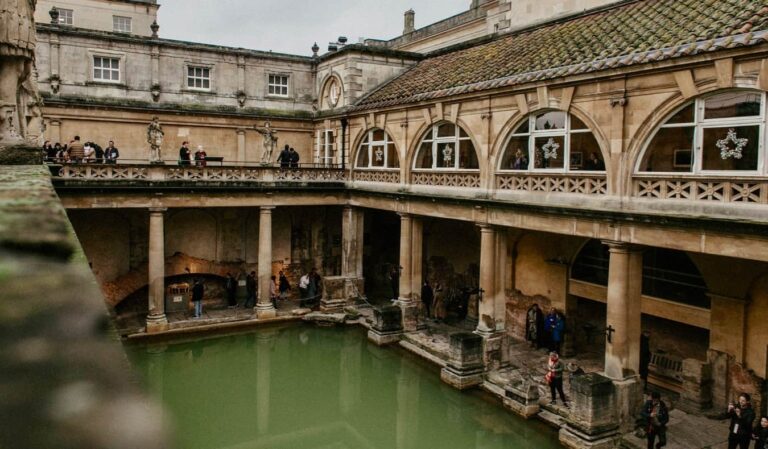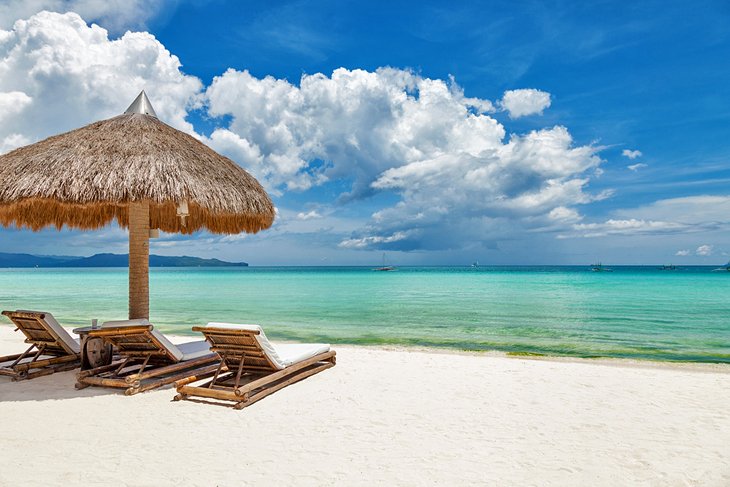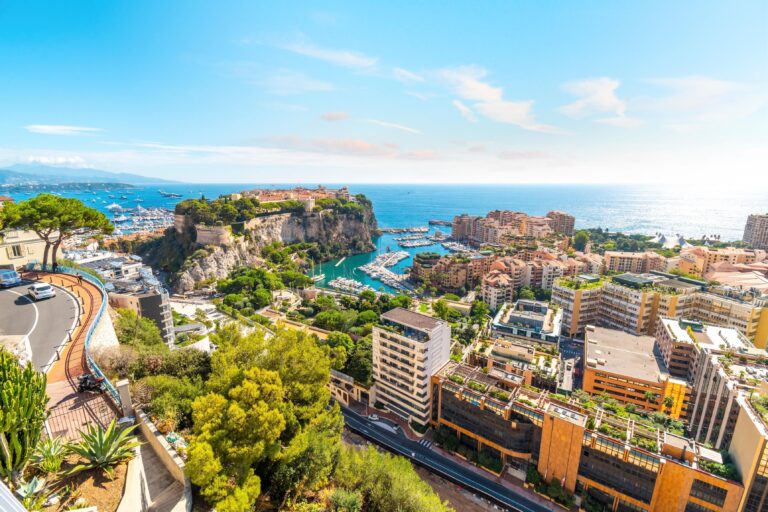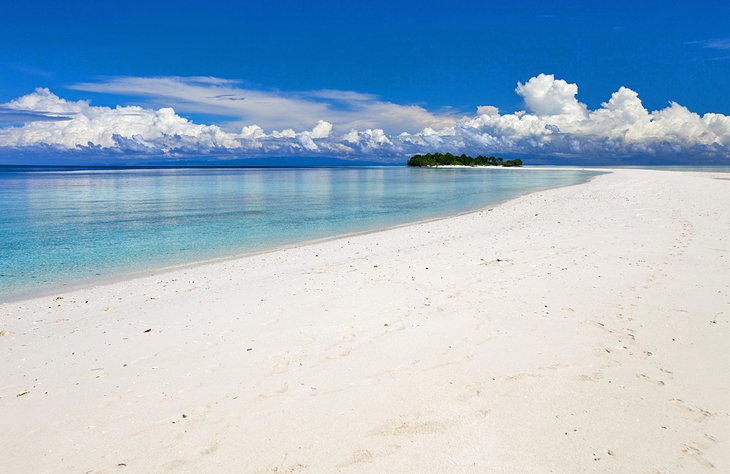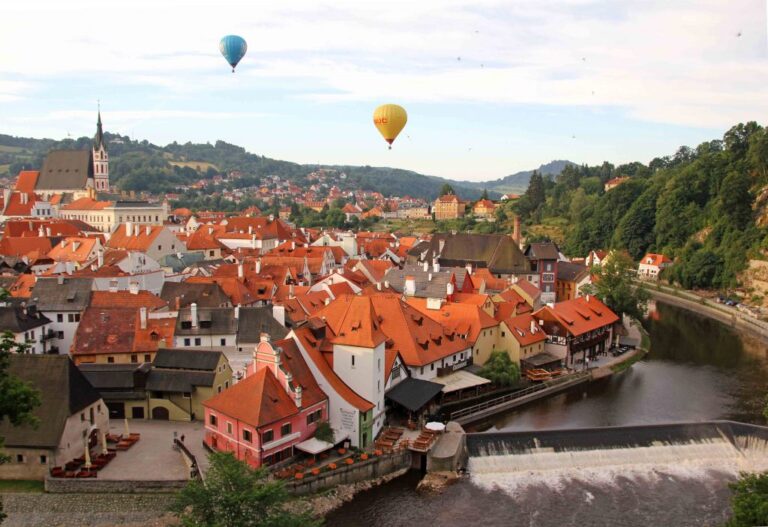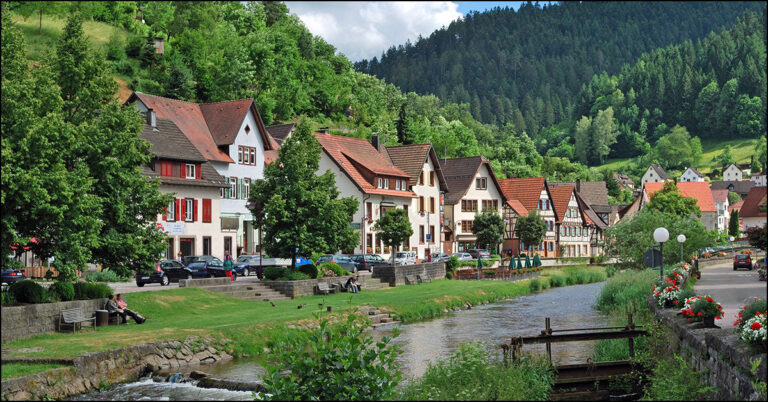Madagascar
Exquisite Madagascar: A Tropical Paradise Unveiled
Introduction:
Welcome to the breathtaking island of Madagascar, a hidden gem in the Indian Ocean. Known for its extraordinary biodiversity, pristine beaches, vibrant culture, and warm hospitality, Madagascar is an absolute paradise for travelers seeking a unique and unforgettable experience. In this comprehensive travel guide, we will delve into the allure of this captivating destination, exploring its stunning landscapes, culinary delights, cultural treasures, and much more. So, let us embark on a journey to discover the wonders of Madagascar!
Table of Contents:
- Geographic Location and Climate
- Mouthwatering Cuisine and Culinary Delights
- Accommodation and Best Hotels
- Architectural Marvels
- Cultural Attractions and Heritage Sites
- Best Time to Visit
- Nearby Excursions and Points of Interest
- Interesting Facts
- How to Travel to Madagascar
- Geographic Location and Climate:
Situated off the eastern coast of Africa, Madagascar is the fourth largest island in the world. Its strategic location, characterized by lush rainforests, pristine beaches, and diverse ecosystems, sets the stage for a truly remarkable travel experience. The country experiences a tropical climate with two distinct seasons: a hot and rainy season from November to April, and a cooler and drier season from May to October.
During the hot and rainy season, temperatures range from 77°F to 95°F (25°C to 35°C) in the coastal areas, making it an ideal time for beach enthusiasts. In the cooler and drier season, temperatures vary between 59°F to 86°F (15°C to 30°C), providing a pleasant climate for exploring the island’s natural wonders and cultural treasures.
- Mouthwatering Cuisine and Culinary Delights:
Madagascar’s cuisine is a delightful fusion of African, Arabic, Indian, and French influences, resulting in a rich tapestry of flavors and aromas. Rice, known as “vary,” is a staple in Malagasy cuisine and is accompanied by a variety of dishes. Here are a few must-try culinary delights:
- Romazava: This traditional dish consists of a flavorful meat stew made with beef, pork, or chicken, combined with leafy greens and local spices.
- Ravitoto: A tantalizing dish prepared with shredded cassava leaves, served with pork, beef, or fish.
- Laoka: A term used to describe a variety of side dishes, including pickled vegetables, sautéed greens, and coconut-based curries.
- Koba Akondro: A popular dessert made with ripe bananas, peanuts, rice flour, and honey, creating a delectable combination of sweet and savory flavors.
In terms of prices, the cost of food in Madagascar is generally affordable, with local street food stalls and small eateries offering budget-friendly options ranging from $2 to $5 per meal. Upscale restaurants in major cities may have slightly higher prices, ranging from $10 to $30 per meal, depending on the establishment and menu selection.
- Accommodation and Best Hotels:
Madagascar offers a wide range of accommodation options, catering to various budgets and preferences. From luxurious beachfront resorts to charming eco-lodges nestled within nature, there is something for everyone. Here are some highly recommended hotels in Madagascar:
- Constance Tsarabanjina: Situated on a private island off the northwest coast, this upscale eco-resort offers unparalleled seclusion and luxury. With its pristine beaches, crystal-clear waters, and spacious villas, it is the epitome of tropical paradise.
- Anjajavy L’Hotel: Nestled amidst a nature reserve, this eco-lodge showcases the beauty of Madagascar’s flora and fauna. Offering exquisite bungalows overlooking the Mozambique Channel, guests can indulge in nature walks, wildlife encounters, and rejuvenating spa treatments.
- Anjajavy Le Lodge: Located in a remote region on the western coast, this eco-friendly lodge provides a perfect blend of luxury and adventure. Surrounded by lush forests and pristine beaches, guests can explore the rich biodiversity of the area or simply unwind in their private villa.
- Palissandre Hotel & Spa: Situated in Antananarivo, the capital city, this boutique hotel combines elegance and comfort. With its panoramic views of the city, modern amenities, and renowned spa, it offers a relaxing retreat after exploring the city’s cultural attractions.
Prices for hotels in Madagascar vary depending on the location, season, and level of luxury. Budget-friendly options such as guesthouses and small hotels can range from $20 to $50 per night. Mid-range accommodations typically range from $50 to $150 per night, while luxury resorts can range from $200 to $600 or more per night.
- Architectural Marvels:
Madagascar’s architectural landscape is a testament to its diverse cultural heritage, blending European, African, and Arab influences. Here are the main types of architecture found across the island:
- Traditional Malagasy Architecture: The central highlands of Madagascar are known for their traditional wooden houses, adorned with intricately carved designs and steep thatched roofs. These houses, known as “lavaka,” showcase the artistry and craftsmanship of the Malagasy people.
- Colonial Architecture: In major cities such as Antananarivo and Mahajanga, remnants of French colonial architecture can be found. Colonial-era buildings, characterized by elegant balconies, wrought-iron details, and pastel-colored facades, offer a glimpse into Madagascar’s colonial past.
- Arab-Influenced Architecture: In coastal towns like Morondava and Mahajanga, you will encounter Arab-influenced architecture, with ornate wooden balconies and intricately carved doorways. These structures reflect the historical connections between Madagascar and the Arab world.
- Cultural Attractions and Heritage Sites:
Madagascar is a treasure trove of cultural attractions and heritage sites, providing visitors with an opportunity to immerse themselves in the island’s unique traditions. Here are some must-visit cultural spots:
- Royal Hill of Ambohimanga: Located near Antananarivo, this UNESCO World Heritage site is a sacred place for the Malagasy people. Explore the royal palace, tombs, and traditional houses while learning about the fascinating history and customs of the Merina kingdom.
- Avenue of the Baobabs: Situated in the Menabe region, this iconic stretch of road features majestic baobab trees, some of which are over 800 years old. The avenue provides a captivating backdrop for photographers and nature enthusiasts alike, especially during sunset.
- Antsiranana (Diego Suarez): Discover the vibrant port city of Antsiranana on the northern coast of Madagascar. Visit the historic Place Joffre, admire the colonial architecture, and explore the nearby Amber Mountain National Park and Montagne d’Ambre Reserve.
- Tsingy de Bemaraha Strict Nature Reserve: This UNESCO World Heritage site is renowned for its unique limestone formations known as “tsingy.” Trek through the rugged terrain, witness incredible wildlife, and marvel at the breathtaking views from the summit.
- Best Time to Visit:
The best time to visit Madagascar largely depends on your interests and the activities you wish to pursue. The dry season, from May to October, is generally considered the optimal time for exploring the island’s national parks, indulging in wildlife encounters, and embarking on adventurous activities such as hiking and diving.
However, if you are primarily interested in observing the island’s lush vegetation, witnessing the reproduction of lemurs
, and experiencing the vibrant cultural festivals, the wet season from November to April may be more suitable. Do note that the wet season brings occasional heavy rains, which can impact road conditions and accessibility to certain areas.
- Nearby Excursions and Points of Interest:
While exploring Madagascar, take advantage of the opportunity to visit nearby attractions and points of interest. Here are some remarkable locations worth considering:
- Nosy Be: Located off the northwest coast of Madagascar, Nosy Be is a tropical paradise renowned for its idyllic beaches, crystal-clear waters, and vibrant marine life. Dive into a world of colorful coral reefs, enjoy water sports, or simply unwind on the pristine shores.
- Andasibe-Mantadia National Park: Situated in the eastern rainforest corridor, this national park is a haven for wildlife enthusiasts. Home to numerous lemur species, including the famous Indri, it offers a remarkable opportunity to witness these enchanting creatures up close.
- Isalo National Park: Located in the southwest, Isalo National Park is known for its striking sandstone formations, deep canyons, and natural swimming pools. Embark on exhilarating hikes, encounter unique wildlife, and immerse yourself in the park’s stunning landscapes.
- Interesting Facts:
- Madagascar is home to approximately 5% of the world’s plant and animal species, with a staggering 80% of its wildlife found nowhere else on Earth.
- The island boasts over 100 species of lemurs, making it the only place in the world where these fascinating primates exist naturally.
- Madagascar’s vanilla is renowned for its exceptional quality, making it one of the world’s leading vanilla producers.
- The Malagasy people are known for their warm hospitality and vibrant cultural traditions, including music, dance, and storytelling.
- The island’s diverse ecosystems range from tropical rainforests and dry spiny forests to stunning coral reefs, making it a paradise for nature enthusiasts and ecotourism.
- How to Travel to Madagascar:
To reach Madagascar, international visitors typically fly into Ivato International Airport (TNR), located near Antananarivo, the capital city. Several airlines offer direct flights to Madagascar from major hubs in Europe, Africa, and the Middle East. Connecting flights can be arranged from other parts of the world.
Once in Madagascar, domestic flights, buses, and private taxis are the primary means of transportation. Domestic flights are available to major cities and tourist destinations, while buses provide a more budget-friendly option for traveling between regions. Private taxis and hired cars offer flexibility and convenience for exploring specific areas or embarking on guided tours.
In Conclusion:
Madagascar, with its awe-inspiring landscapes, captivating wildlife, rich cultural heritage, and warm hospitality, is an ideal destination for intrepid travelers seeking a truly unforgettable experience. Whether you are exploring the island’s unique flora and fauna, indulging in mouthwatering cuisine, or immersing yourself in the vibrant local culture, Madagascar promises to leave an indelible mark on your heart. Pack your bags, embark on a journey of a lifetime, and let Madagascar’s enchantment unfold before your eyes.

